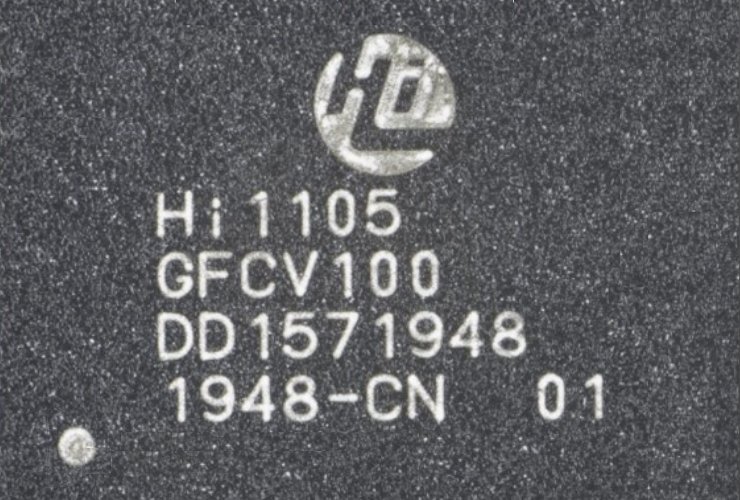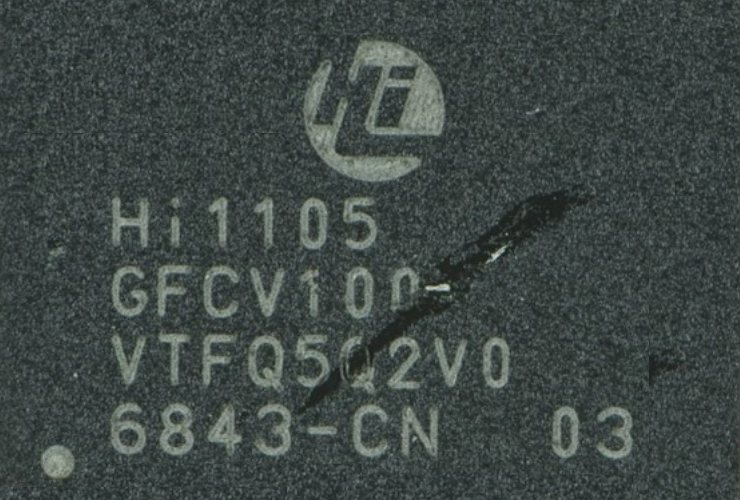A Tale of Two Foundries (TSMC and HLMC) and One Design House (HiSilicon)
HiSilicon's Hi1105-GFCV100 is a versatile Wi-Fi/BT/GNSS combo module integrated into Huawei smartphones from 2020 to 2023. Supporting 802.11ax (Wi-Fi 6 only), Bluetooth 5.2, and comprehensive GNSS operations, this module provided non-cellular connectivity and geo-location capabilities. Despite technological advancements, the module remained a Wi-Fi 6 only component until its evolution in the Hi1105GFCV120 with NearLink capabilities in the Huawei Mate 60 Pro.
The global semiconductor shortage, affecting various electronic products, prompted foundries to expand their capacity at mature nodes, notably 28 nm. SMIC has been a primary Chinese foundry with a high-k metal gate (HKMG) 28 nm process, serving high-volume clients like HiSilicon since 2016.
The Hi1105-GFCV100 module, consistent in form factor and size, showed differences in manufacturing origins through its lot code markings. The die in the Huawei P40 Pro (2020) marked "Hi1105" was manufactured by TSMC on a 28 nm process node. In contrast, the die in the Huawei Nova 12 Pro (2023) lacked markings and was identified by TechInsights as manufactured by HLMC on a 28 nm process node, based on die and process features.
Comparative analysis of the Hi1105 dies from both smartphones revealed that, despite different manufacturing origins, the floorplans and circuit functionalities remained similar. This consistency highlights HiSilicon’s robust design processes and HLMC's growing manufacturing capabilities.
HiSilicon’s strategic shift from TSMC to HLMC for the Hi1105-GFCV100 module exemplifies the semiconductor industry's dynamic nature. It reflects HiSilicon's adaptability and HLMC’s emergence as a competitive foundry. This case study underscores the importance of foundry collaborations in maintaining continuity and fostering innovation in semiconductor manufacturing.
Gain access to the complete analysis of all Huawei series on the TechInsights Platform.
Log in now to uncover intricate details about the NAND and DRAM providers, technological advancements, and Huawei's strategic maneuvers in the smartphone landscape.











